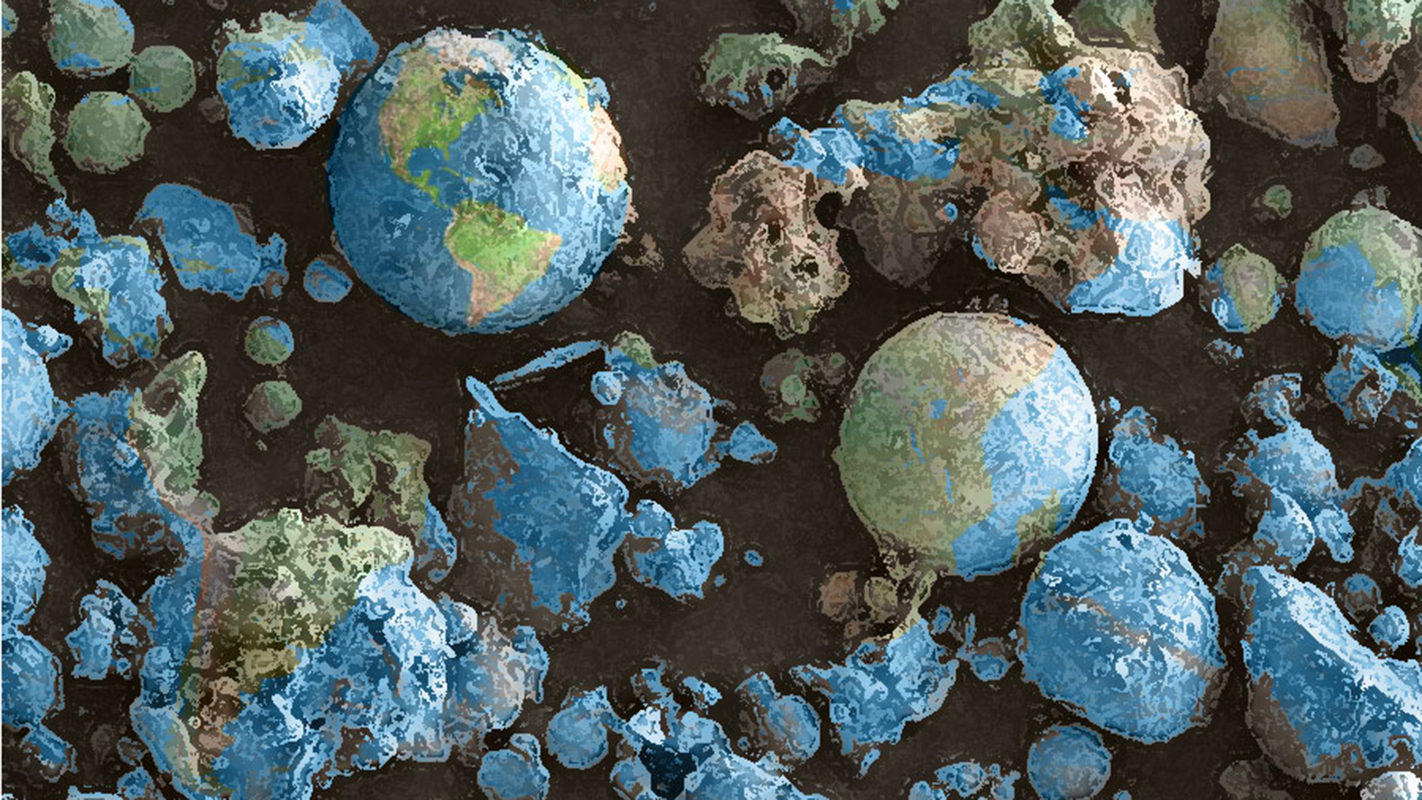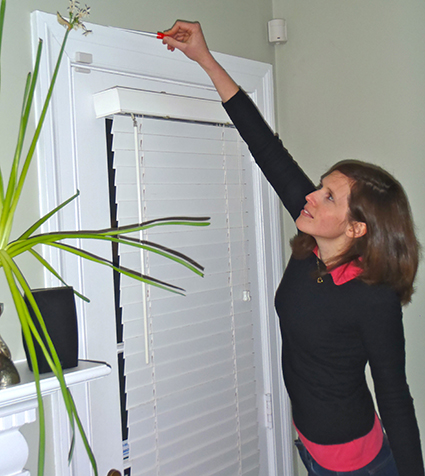Citizen Science Effort Highlights How Little We Know About Invisible Life in Our Own Homes

In a new paper, scientists are announcing the discovery of thousands of unidentified species living in and around homes in the United States. The work relied on advanced technologies and scientific expertise from multiple disciplines, but none of it would have been possible without one critical resource – a group of non-scientists who wanted to be part of making a discovery.
The paper, published Aug. 26 in Proceedings of the Royal Society B, comes out of a project called the Wild Life of Our Homes, led by Rob Dunn of NC State University and Noah Fierer of the University of Colorado at Boulder.

“When we started this project, we wanted to see what invisible lifeforms were sharing our homes,” Dunn says. “Which species of fungi and bacteria live with us? And what’s responsible for determining which species live in which homes? No one really knew.
“But we also wanted to devise a study that stirred the public imagination, and made the public a meaningful part of the scientific process,” Dunn says.
To that end, the research team, called Your Wild Life, created an online campaign to recruit study participants, who were asked to swab the top of the door frame inside and outside of their front doors and send those samples in for analysis. As a result, the Aug. 26 paper includes samples from more than 1,100 homes across the United States.
The samples, analyzed by Noah Fierer’s team at Colorado, revealed a staggering amount of data: they found genetic traces of more than 72,000 taxa of fungi and more than 125,000 taxa of bacteria.
“We found tens of thousands of bacteria that no one knows anything about – they don’t even have names,” Dunn says. Including hundreds of “mystery” bacteria that were more common inside homes than outside. To prioritize the data for analysis, the researchers decided to focus on those bacteria and fungi found inside people’s homes.
And as they sifted through the mountain of data, there were surprises. For example, while the fungi found inside a home varied widely from region to region, bacteria really didn’t. And the setting of a home within a region didn’t seem to influence bacteria in a home either: a rural home from one part of the country could very likely have similar populations of bacteria to an urban home thousands of miles away. But there were factors that appeared to influence bacterial biodiversity.
Homes that had a cat appeared to favor specific bacteria. Homes with dogs appeared to favor other bacteria. And the types of bacteria found in a home were also influenced by the ratio of men to women in a home.
“We can tell if there are more men than women in a home, for example, because those homes have more armpit bacteria,” Dunn says. “Seriously.” (Note: you can find more information about the research here.)
“We’re just starting to look at what lives in our homes,” Dunn says. “These findings are not an exhaustive answer, they’re a first step – and the study highlights just how much we don’t know.
“But it does give us a baseline understanding of bacterial biodiversity that can inform future research.”
“We’re now starting to let study participants know what we’ve found,” says Holly Menninger, co-author of the paper and director of public science in NC State’s College of Sciences. “And anyone who’s interested can go through a data visualization we’ve done of the findings. We want to bring the public into the process of steering future research on this. What questions do people have? And how can science help us answer those questions?”
“This highlights the value of citizen science,” Dunn says. “We couldn’t have done this research if we hadn’t been able to work with more than a thousand people who wanted to help us shed light on a scientific mystery.”
Note: Dunn has written up his thoughts on the research here.
- Categories:


